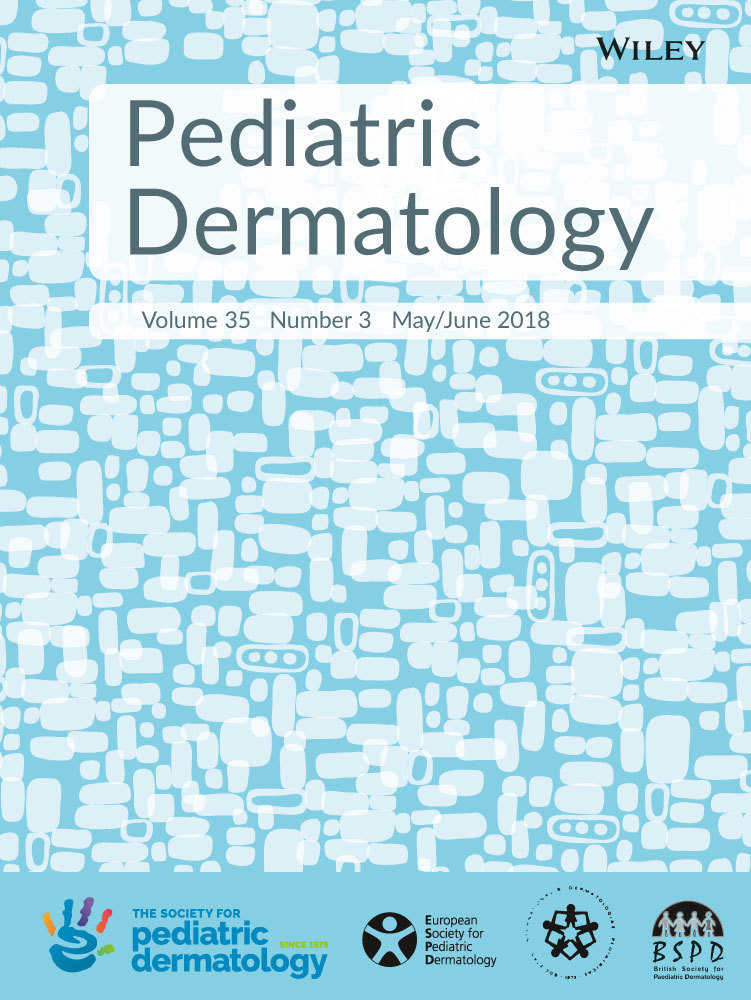
“A 47‐year‐old man, affected by Schwannomatosis, presented a very severe pain (10/10, NRS) with paroxysmal shooting episodes, allodynia, paresthesia, and dysesthesia; in parallel, the patient had lost weight (from 70 to 49 kg) and experienced fatigue and deep depression. The previous pain prescription, including opioids and antineutopathic drugs, was fully ineffective. We progressively substituted this therapy with 15 drops, 3 times/daily, of THC/CBD in a concentration ratio 5:1, equal to 15 mg of active substance each time, reaching improvement in pain intensity (6/10) and in several other aspects as mood and quality of life”
https://www.ncbi.nlm.nih.gov/pubmed/29845778
https://onlinelibrary.wiley.com/doi/abs/10.1002/brb3.1011
“Schwannomatosis is a rare genetic disorder that results in tumors (called schwannomas) that grow on the peripheral nerves throughout the body. It is recognized most often in people over the age of 30. Schwannomatosis can cause severe, debilitating pain and neurological dysfunction.” https://www.hopkinsmedicine.org/neurology_neurosurgery/centers_clinics/neurofibromatosis/schwannomatosis/index.html









